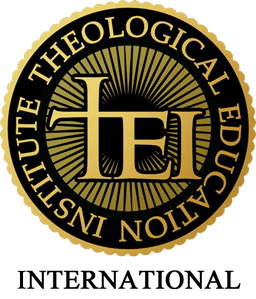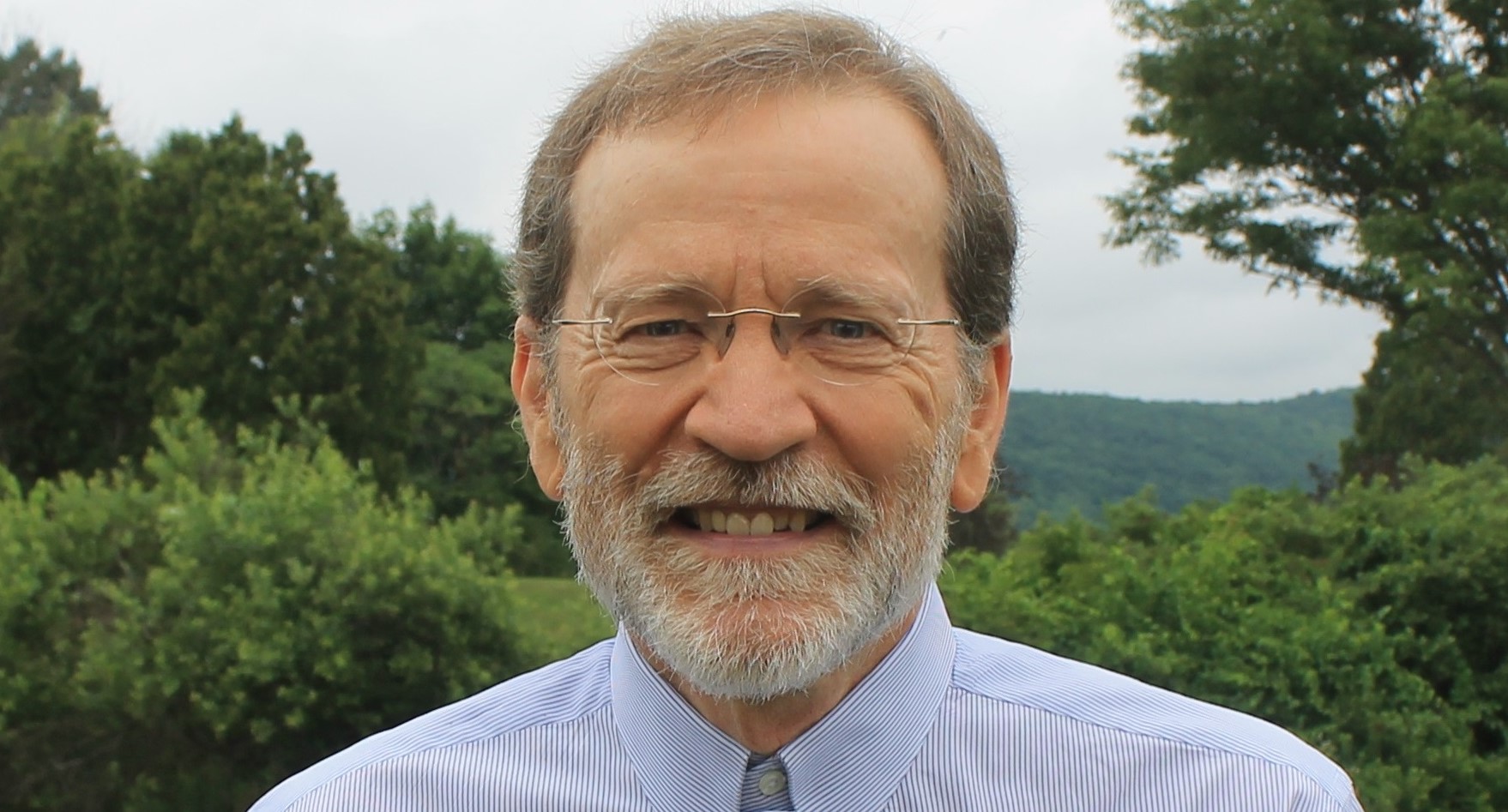Notes on the Sociology of Religion (6)
John C. Rankin
Douglas, Mary, Purity and Danger: An analysis of concept of pollution and taboo (London and New York, Routledge Classics, 1966, 2004), Introduction, Chapters 1-3, 10, pp. 1-71, 196-220.
_____________________
- Background: a) nineteenth century evolutionary views of “primitive religions” = fear of the other, and confusion about defilement and hygiene, and Douglas stands athwart such an assumption; b) Roman Catholic + student of E.E. Pritchard; c) “Cultural theory of risk” + functionalist explanations, use of categories.
- Prior Writers: a) James Frazer: sacred/profane distinction which yields taboos = “primitive thinking” concerning friendly and unfriendly deities (pp. 12-13); b) William Robertson Smith: founder of social anthropology w/evolutionary view toward progress – ideas of survival = “persistent of irrational rules of uncleanness” (p. 16), Calvinist and rationalist approach to the Bible w/critique of magical treatment of Scripture by Roman Catholics; c) Henry Burnett Tyler (1832-1917): founder of folklore with same evolutionary view – “Whereas Tylor was interested in what quaint relics can tell us of the past, Robertson Smith was interested in the common elements in modern and primitive experience” (p.16); d) T.H. Green: “to turn away from revelation to enshrine morality as the essence of religion –. Robertson Smith never turned away from Revelation” as he insisted for the ethical (pp. 19, 22). Sacred and profane remain distinct; e) Emile Durkheim: debt to Robertson Smith, further developed theory of crowd psychology from Jeremy Bentham, advanced theory of primitive hygiene to explain dirt and taboo, and insisted on “a complete break between the sphere of the sacred and the sphere of the profane, between secular and religious behavior” (p. 26), thus breaking from Robertson Smith – this tradition says: “Magic was the first stage, religion the second, science the third… From the [Hegelian] thesis of magic emerged the anthithesis, religion, and the synthesis, modern religion, replaced both magic and religion.
- Ritual Uncleanness and Secular Defilement: a) this issue is universally present in religions; b) Eliade’s categories of the sacred and the profane are assumedly central; Hebrew qadosh, “to be set apart” = “holy”; The idea of hygiene being the issue is not given as a reason for taboo in the Bible or elsewhere, and such deduced side benefits of such benefits are ex post facto – 1. “So much for medical materialism, a term coined by William James for the tendency to account for religious experience in these terms: for instance, a vision or a dream is explained as due to drugs or indigestion” (p. 40). 2. Rules for how to be kept free from hygienic pollution multiply; d) central concept of dirt: i] “… the by-product of a systematic ordering and classification of matter in so far as ordering involves rejecting inappropriate elements” (p. 45), ii] “Defined in this way it appears as a residual category, rejected from our normal scheme of classification” (p. 45), iii] “In a chaos of shifting impressions, each of us constructs a stable world in which objects have recognizable shapes, are located in depth, and have permanence”; d) “Any system of classification must give rise to anomalies, and given culture and confront events which seem to defy its assumptions … This is why, I suggest, we find in any culture worthy of the name various provisions for dealing with ambiguous or anomalous events.” (p. 48). Able to: 1. reduce ambiguity, 2. be controlled or extirpated, 3. avoidance strengthens definition of what is sacred, 4. labeled dangerous, 5. or, used in ritual, in a sense to redeem its existence in a simultaneous reinforcement of the given taboo; f) “To conclude, if uncleanness is matter out of place, we must approach it through order. Uncleanness or dirt is that which must not be included if a pattern is to be maintained. To recognize this is the first step towards insight into pollution. It involves no clear distinction between sacred and secular” (p. 50) – all cultures classify between the sacred and the profane; but what is sacred to one culture may be profane to another, or vice versa; clashes between opposing definition leads to dehumanization of the “other.”
- Leviticus: A Case Study: a) Prior interpretations – 1. arbitrary due to disciplinary not doctrinal concerns, 2. Maimonides: “devoid of sense,” 3. Epstein’s notes of Babylonian Talmud: nothing totemic, but associated w/holiness, 4. Stein: Hellenistic influence: medical and ethical interpretations, 5. Philo: choose most delicious meat, and use of allegory, 6. Robertson Smith and Frazer: irrational rules; cf. Driver, 7. Micklem: “Of what interest can such subjects be except to the anthropologist? What can all this have to do with religion?” (p. 57), 8. These scholars “express bafflement in a learned way” (p.57). 9. Pfeiffer’s reliance on JEDP priestly code bias of the priests: “Only priests who were lawyers could have conceived of religion as a theocracy regulated by a divine law fixing exactly, and therefore arbitrarily, the sacred obligations of the people of God” (p. 58); b) protection from foreign influence – 1. Maimonides vis-à-vis Canaanite cultic acts, 2. “This argument cannot be comprehensive, for it is not held that the Israelites consistently rejected all the elements of foreign religions and invented something entirely original for themselves” (p. 60); c) “The only sound approach is to forget hygiene, aesthetics, morals and instinctive revulsion, even to forget the Canaanite and the Zoroastrian Magi, and start with the texts” (p. 62) – 1. holiness of God’s blessings v. withdrawal of blessings, 2. blessings create order: i] “From this it is clear that the positive and negative precepts are held to be efficacious and not merely expressive: observing them draws down prosperity, infringing them brings disaster” (p. 63), ii] “We can conclude that holiness is exemplified by completeness” (p. 67), “We have now laid a good basis for approaching the laws about clean and unclean meats. To be holy is to be whole, to be one; holiness is unity, integrity, perfection of the individual and of the kind. The dietary rules merely develop the metaphor of holiness on the same lines” (p. 67), 3. preserve the order of creation, 4. “[T]he underlying principle of cleanness of animals is that they shall fully conform to their class” (p. 69), 5. “To grasp this theme we need to go back to Genesis and the creation. Here a three-fold classification unfolds, divided between the earth, the waters and the firmament” (p. 69).
- Shattering and Renewal a) both dirt-affirming and dirt-rejecting philosophies; b) St. Francis and the embrace of “Sister Death” (p. 220) – 1. Thus, welcoming “the other,” transcending classification in pursuit of a universal aspirations in all religions.
- Conclusion:a) The order of creation, and hence, the stability all people need in life, is determinative for defining the pure and the dangerous in life, for the debated questions of dirt and taboo; such categories are varied and penultimate, awaiting a final transcendence in Sister Death and the subsequent resurrection.
- Critiques of Douglas: a) on the one hand, too focused on the biblical as normative for some historians of religion; b) on the other, fuller biblical grasp possible re: reasons for separating the Israelites from the Canaanites to preserve the messianic lineage, where cultural laws, while temporary until the Messiah appears, serve to reinforce the permanent moral laws of the Torah (summed up in the Ten Commandments).
###


